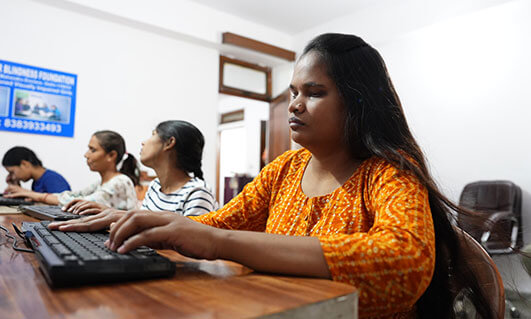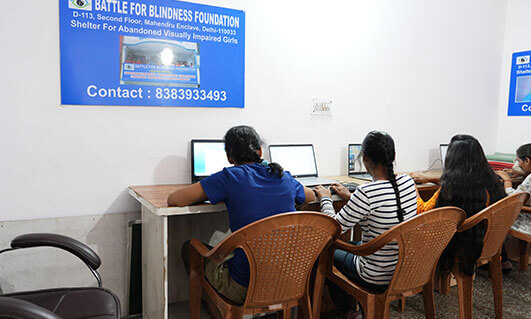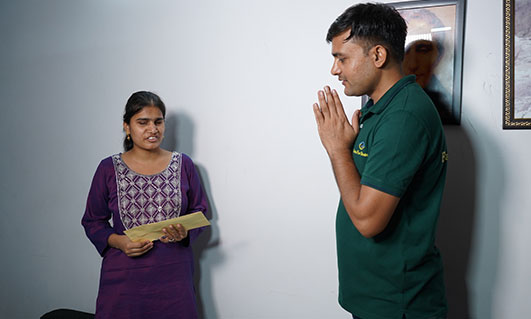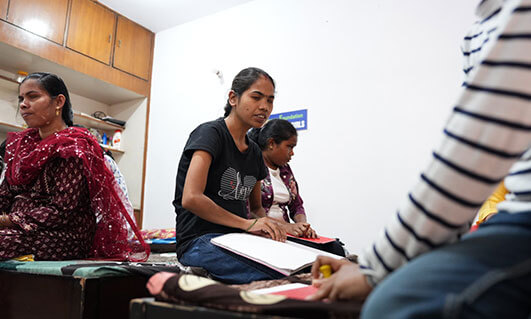
Legal education is a challenging yet rewarding path, and every student deserves an equal opportunity to succeed. For visually impaired law students, however, the journey is often marked by unique challenges that can hinder their educational experience. While many institutions recognize the need for inclusivity, there is still much progress to be made in implementing effective policies and support systems. This article explores the importance of advocating for inclusive legal education and highlights key areas where policies and support can make a meaningful difference for visually impaired students.
1. The Importance of Inclusive Legal Education
Inclusive education goes beyond simply allowing visually impaired students to enroll; it means providing them with the tools and resources they need to excel alongside their peers. In law school, where reading and analysis are crucial, visually impaired students may face barriers due to inaccessible materials, limited accommodations, and a lack of awareness among faculty and staff. By advocating for inclusive policies, law schools can ensure that all students, regardless of disability, have a fair chance at success.
2. Key Barriers to Inclusion in Legal Education
Limited Access to Accessible Materials: Law students must navigate vast amounts of text, including cases, statutes, and legal journals. For visually impaired students, accessing these materials can be challenging if they are not available in accessible formats, such as Braille, audio, or screen-reader-compatible digital text.
Inadequate Accommodations for Exams and Assessments: Traditional exams often do not account for the needs of visually impaired students, who may require extended time, assistive technology, or alternative assessment formats. Without consistent accommodations, these students may face unnecessary disadvantages.
Lack of Awareness and Training Among Faculty: Even well-intentioned educators may not fully understand the needs of visually impaired students. Without adequate training on inclusive teaching practices, faculty may inadvertently overlook opportunities to create a more supportive learning environment.
3. Advocating for Inclusive Policies and Practices
Accessible Course Materials: Law schools should prioritize making all reading materials available in accessible formats from the outset. This includes providing textbooks, case studies, and other resources in digital formats compatible with screen readers, as well as in Braille and audio formats as needed. Ensuring that these materials are readily available allows visually impaired students to engage fully with course content.
Equitable Exam Accommodations: Exams are a critical part of legal education, but they should not be a barrier to success. Law schools can adopt flexible assessment options, including oral exams, take-home assignments, or project-based evaluations, which can better reflect the strengths of visually impaired students. Additionally, schools should establish standardized policies for extra time, assistive technology, and accessible exam formats to provide consistency across the board.
Faculty Training on Inclusive Teaching Practices: Providing faculty with training on the unique challenges faced by visually impaired students can foster a more inclusive classroom environment. Faculty should be equipped with practical strategies for teaching inclusively, such as describing visual content aloud, using accessible teaching materials, and allowing alternative assignment formats.
Accessible Technology and Learning Environments: Investing in adaptive technology, such as screen readers, magnifiers, and accessible classroom software, is essential in supporting visually impaired students. Law schools should also ensure that physical learning environments, such as classrooms and libraries, are accessible, with clear signage, tactile guides, and adequate lighting.
4. Support Systems Beyond the Classroom
Mentorship and Peer Support Networks: Establishing mentorship programs that connect visually impaired law students with legal professionals who have similar experiences can be invaluable. These mentors can provide guidance, share strategies for success, and help students navigate the unique challenges of legal education.
Career Services and Accessible Internship Opportunities: Visually impaired law students should have access to career services that understand their needs, including resources on accessible internship and job placements. Law schools can partner with legal organizations committed to diversity and inclusion, creating pathways to employment for visually impaired graduates.
Advocacy Groups and Campus Organizations: Law schools can support the formation of advocacy groups for visually impaired students, which can promote awareness, provide a sense of community, and advocate for continued improvements in accessibility and inclusivity on campus.
5. The Road Ahead: Building a Culture of Inclusion
Creating an inclusive legal education environment is an ongoing process that requires commitment from faculty, administrators, and students alike. By developing and implementing inclusive policies, law schools can help ensure that visually impaired students have equal opportunities to succeed. This commitment to accessibility benefits not only visually impaired students but also strengthens the broader legal profession, promoting diversity and inclusivity at every level.
Conclusion
Advocating for inclusive legal education involves more than just policy changes; it requires a cultural shift toward recognizing and valuing diversity. By prioritizing accessible resources, equitable assessments, and supportive networks, law schools can empower visually impaired students to thrive in their academic and professional journeys. With the right policies and support in place, we can help ensure that the future of law is one where everyone has a place and a voice.





